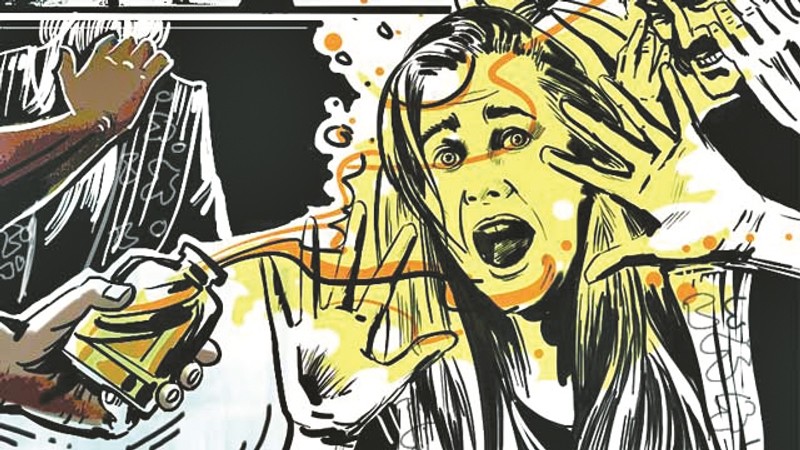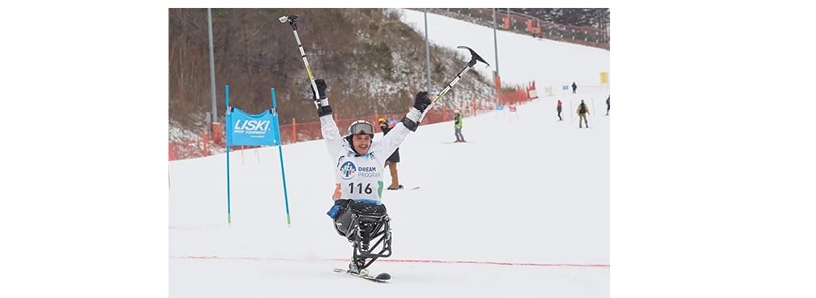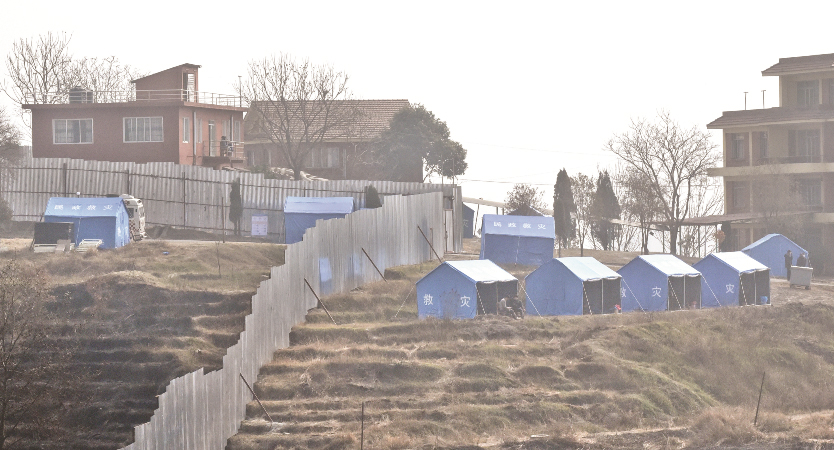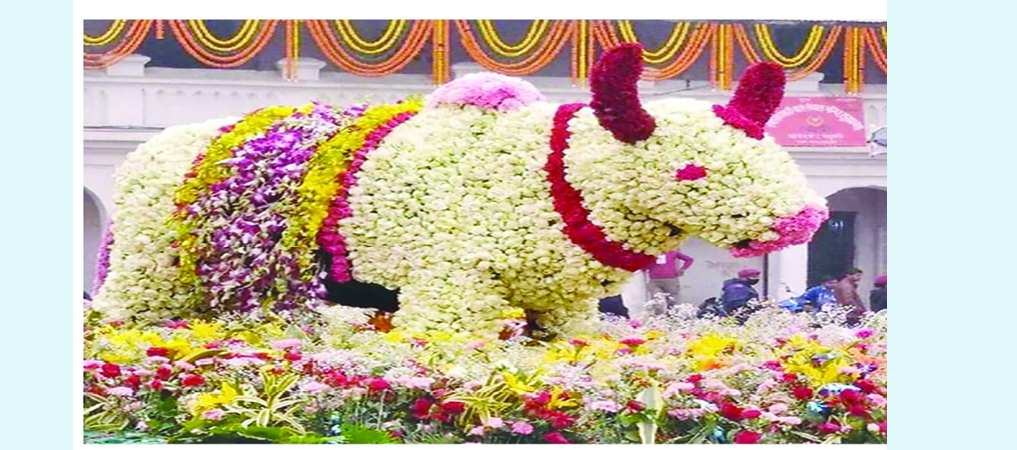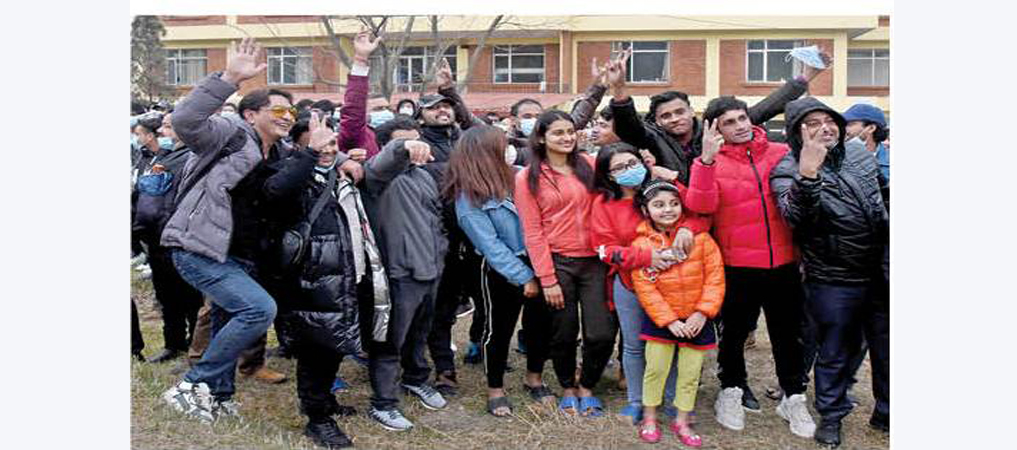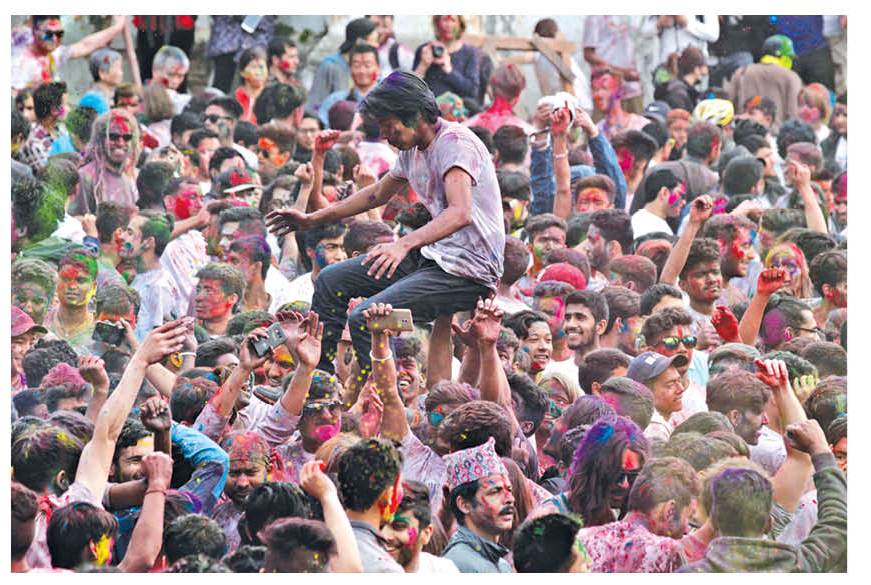Threat May Not Be Over

Sampada A. Khatiwada
The government has finally decided to lift the lockdown restrictions imposed since March 24, to curb the spread of COVID-19. During the first few days of lockdown, there were only two active cases of the virus infection. After 120 days, Nepal has observed over 18,000 COVID-19 cases and 40 deaths.
Nepal hasn’t recorded cases of community transmission of the virus and majority of the people who were detected with the virus infection were foreign returnees. Thus, Nepal's COVID-19 response mechanisms are considered to be good in South Asia and also in the world. But did the government hurry a little bit to end the lockdown? Are we finally safe from COVID-19? Has our society been free from the virus? These are some issues to ponder over.
According to the Ministry of Health and Population, the country has observed a massive drop in daily rise in COVID-19 positive cases over the past weeks with only 50-150 cases being recorded in a single day. But the fact that the virus infections in densely populated cities like Kathmandu, Bhaktapur and Lalitpur are on the rise should not be overlooked.
In places such as the Kathmandu Valley, where no physical distancing is maintained between houses and neighbourhoods, the risk of the virus fallout is high. If one person is contracted to the virus, chances are high for the virus to enter into community.
Likewise, the government has also decided to allow resumption of short and long route vehicular movements. Operation of public transportation services means increase in human mobility. Maintaining physical distancing within microbuses, buses and vans might not be possible. Also, drivers and conductors are exposed to the risk of virus infection as they have to come in direct contact with a lot of people. Thus, resumption of transport services signals the risk of virus outbreak. For instance, the COVID-19 cases had skyrocketed in India after they resumed transportation services.
Furthermore, all the domestic and international flights are resuming shortly. Many people get infected with the virus when they travel via airways. Airport and aircrafts are considered to be the most unsafe places as chances are high for one to catch the virus.
If apt precautions aren’t taken by the government and the people as well, there are stronger possibilities of Nepal being hit by the second wave of COVID-19. Countries like China and Australia, which had lifted lockdown after controlling the virus spread were struck by the second wave of COVID-19.
All of these factors indicate that we have to thoroughly follow all the safety protocols while we move back to normalcy. Going back to our work places, schools and colleges will not be the same anymore. We must wear masks the right way, maintain physical distancing, wash and sanitise our hands frequently and limit direct contact with people as much as we can.
Although life is moving back to normalcy, we must keep in mind that the virus is still hovering around us and we should do our bit to avoid getting infected.
Recent News

Do not make expressions casting dout on election: EC
14 Apr, 2022
CM Bhatta says may New Year 2079 BS inspire positive thinking
14 Apr, 2022
Three new cases, 44 recoveries in 24 hours
14 Apr, 2022
689 climbers of 84 teams so far acquire permits for climbing various peaks this spring season
14 Apr, 2022
How the rising cost of living crisis is impacting Nepal
14 Apr, 2022
US military confirms an interstellar meteor collided with Earth
14 Apr, 2022
Valneva Covid vaccine approved for use in UK
14 Apr, 2022
Chair Prachanda highlights need of unity among Maoist, Communist forces
14 Apr, 2022
Ranbir Kapoor and Alia Bhatt: Bollywood toasts star couple on wedding
14 Apr, 2022
President Bhandari confers decorations (Photo Feature)
14 Apr, 2022





